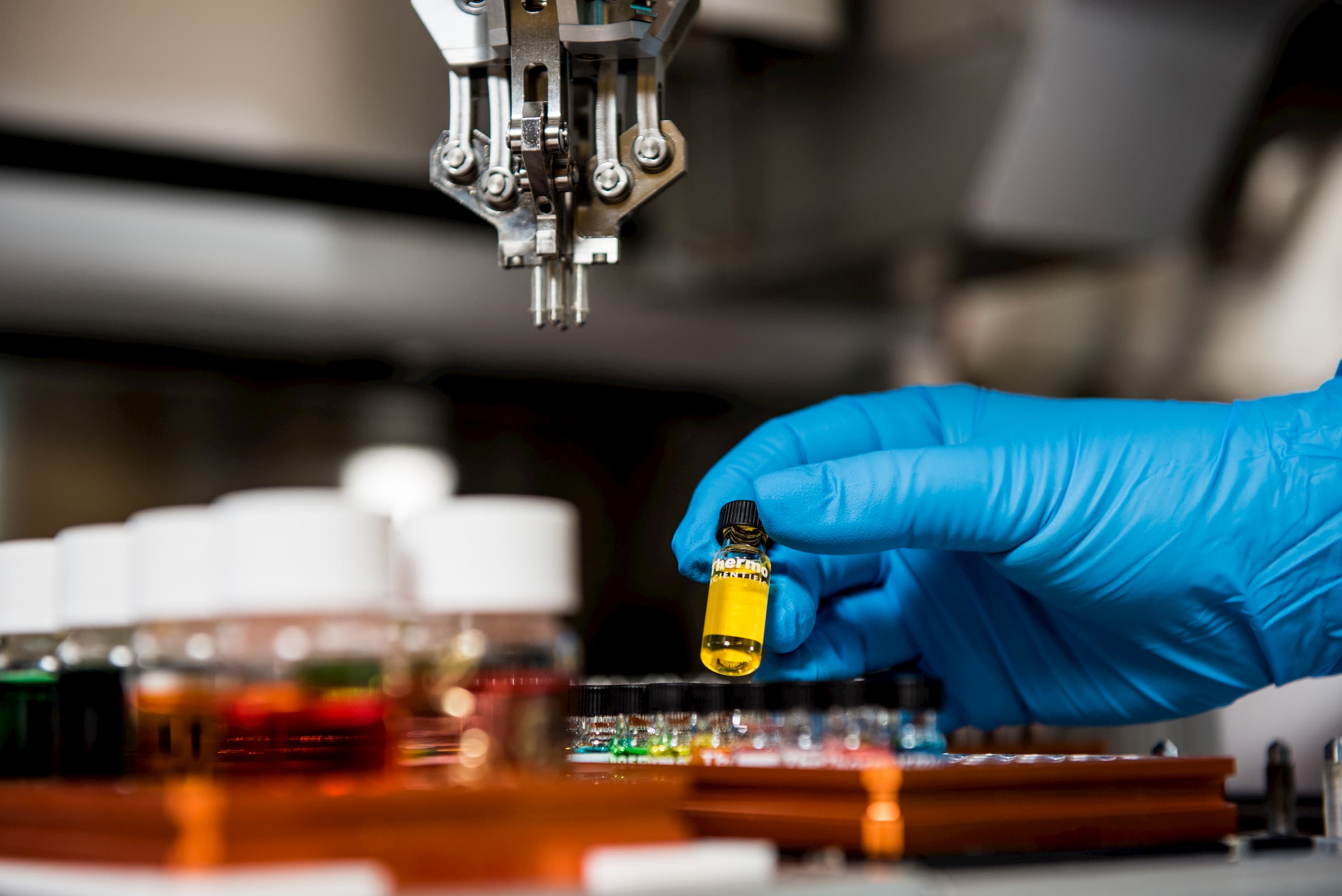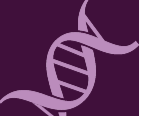
Targeting on Gut Microbiota-Derived Metabolite Trimethylamine to Protect Adult Male Rat Offspring against Hypertension Programmed by Combined Maternal High-Fructose Intake and Dioxin Exposure
- 毒性化學物 -
 Abstract
Abstract
Gut microbiota-dependent metabolites, in particular trimethylamine (TMA), are linked to hypertension. Maternal 2,3,7,8-tetrachlorodibenzo-p-dioxin (TCDD) exposure or consumption of food high in fructose (HFR) can induce hypertension in adult offspring. We examined whether 3,3-maternal dimethyl-1-butanol (DMB, an inhibitor of TMA formation) therapy can protect adult offspring against hypertension arising from combined HFR and TCDD exposure. Pregnant Sprague–Dawley rats received regular chow or chow supplemented with fructose (60% diet by weight) throughout pregnancy and lactation. Additionally, the pregnant dams received TCDD (200 ng/kg BW orally) or a corn oil vehicle on days 14 and 21 of gestation, and days 7 and 14 after birth. Some mother rats received 1% DMB in their drinking water throughout pregnancy and lactation. Six groups of male offspring were studied (n = 8 for each group): regular chow (CV), high-fructose diet (HFR), regular diet+TCDD exposure (CT), HFR+TCDD exposure (HRT), high-fructose diet+DMB treatment (HRD), and HFR+TCDD+DMB treatment (HRTD). Our data showed that TCDD exacerbates HFR-induced elevation of blood pressure in male adult offspring, which was prevented by maternal DMB administration. We observed that different maternal insults induced distinct enterotypes in adult offspring. The beneficial effects of DMB are related to alterations of gut microbiota, the increase in nitric oxide (NO) bioavailability, the balance of the renin-angiotensin system, and antagonization of aryl hydrocarbon receptor (AHR) signaling. Our findings cast new light on the role of early intervention targeting of the gut microbiota-dependent metabolite TMA, which may allow us to prevent the development of hypertension programmed by maternal excessive fructose intake and environmental dioxin exposure.